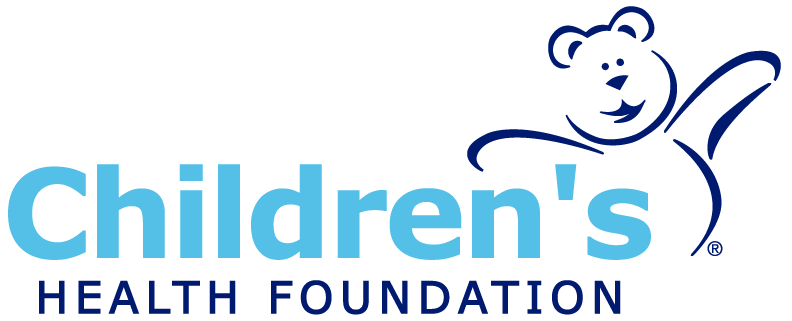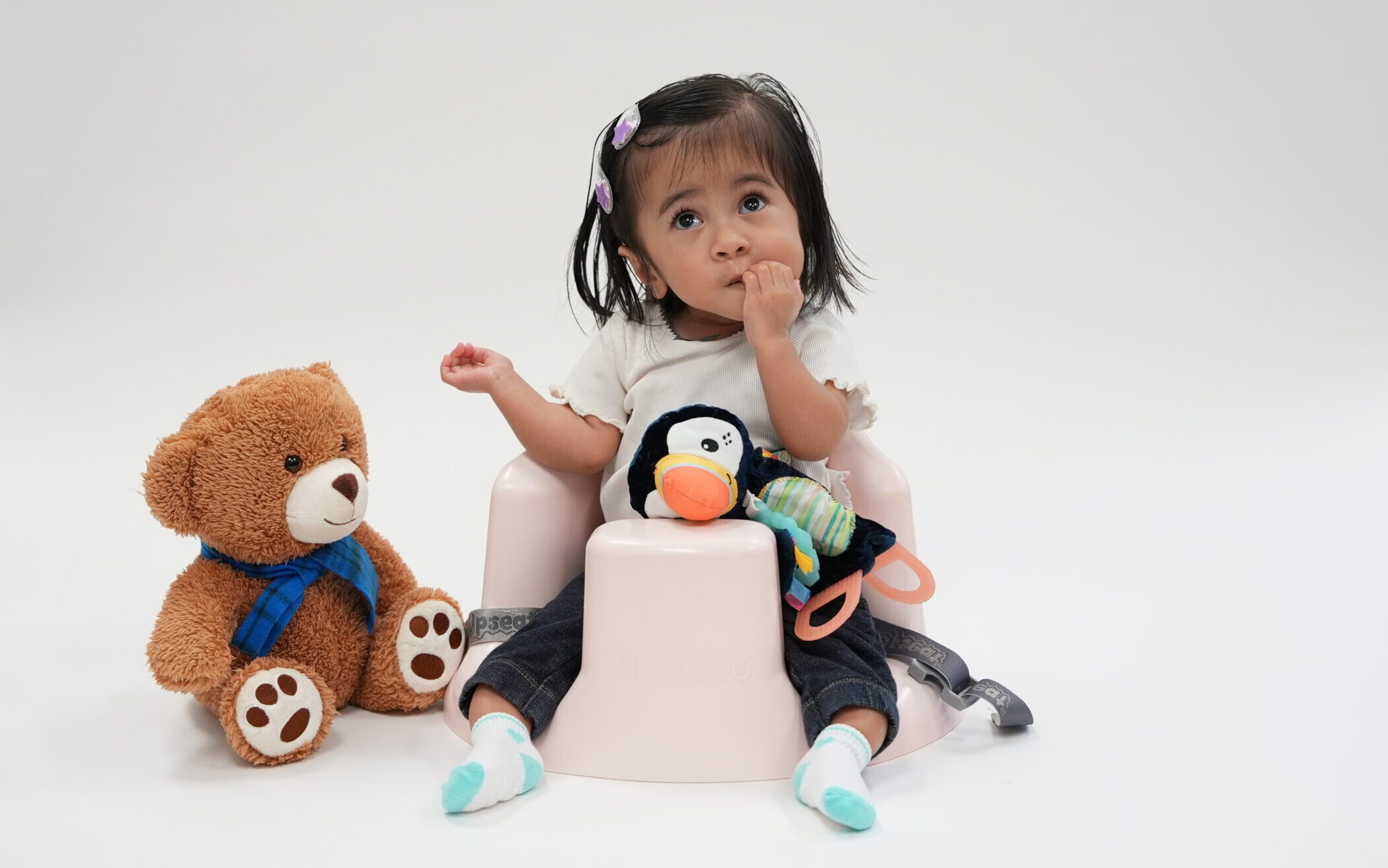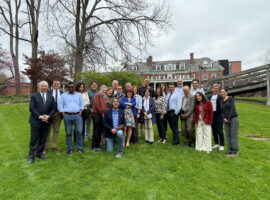One-third of Children’s Hospital’s patients have a rare disease. With your support, the hospital is advancing diagnosis, care and treatment in the field to transform children’s futures.
Frenz’s first ultrasound of her unborn baby began a life-changing journey.
As the black and white image appeared on the screen, her obstetrician noticed something different about the fetus and referred her to Children’s Hospital at London Health Sciences Centre.
Multiple scans confirmed a telltale sign of a rare and serious genetic bone disorder, osteogenesis imperfecta (OI). OI affects the body’s ability to make collagen, causing bones to be as fragile as glass.
“I had never heard of the condition,” said Frenz. “I immediately wondered what had I done? What did I eat? Are my husband and I carriers of this disease?”
OI can be inherited or caused by a spontaneous gene mutation.
When Gabrielle was born, she already had eight bone fractures because of her condition. “Having her, she’s my first child, I was full of excitement. But knowing she had a rare bone disease; I was so scared. What was going to be her future?”
One in Twelve
Rare diseases collectively aren’t rare. In Canada, an estimated one in twelve people live with a rare disease – with the majority starting in childhood.
More than 7,000 rare diseases have been identified, and dozens of new ones are discovered annually. Many are serious, resulting in early mortality or intensive follow-up and care.
“About one-third of the patients who come through our doors here at Children’s Hospital have a rare disease, often genetic and often complex,” said Dr. Craig Campbell, Department Head, Children’s Hospital and Chair, Paediatrics, Schulich School of Medicine & Dentistry. “We know these children deserve and can have a high quality of life. That’s why continued advancement in diagnosis, care and treatment are vital.”
Rare disease is a public health issue that has long been in the shadows. However, with rapid technological innovation, growing public awareness and increased investment, the future looks brighter.
Providing Comfort Through Early Diagnosis
Inspired by patients like Gabrielle, medical professionals at Children’s Hospital and the broader LHSC are leading and supporting powerful transformations in the field.
With questions swirling in Frenz’s head, The Medical Genetics Program of Southwestern Ontario, located at Children’s Hospital, provided important answers and some comfort.
Diagnosis is an essential first step in delivering targeted care. Yet, it typically takes individuals with rare disease five to seven years to get an accurate diagnosis, often with wrong answers along the way.
Medical geneticist, Dr. Tugce Balci, was able to confirm Gabrielle’s suspected diagnosis of OI. She also identified that the disease stemmed from a spontaneous, non-inherited gene mutation.
“Without a diagnosis, without a name, there is no prognosis,” said Dr. Balci. “There is no way forward. There is no specific treatment available and we’re just treating symptoms. Fortunately, there’s discoveries happening all the time.”
A passionate group of physicians and genetic counselors, Dr. Balci and her colleagues are continually innovating to stay on the cutting-edge.
“Diagnosis is possible in more and more of these individuals, if the right tests are done at the right time,” she said. “Our goal is to help patients as early as possible.”
Genetic Testing Advancements with EpiSign
Dr. Bekim Sadikovic, LHSC Research Chair in Clinical Genomics and Epigenomics, is at the forefront of genetic testing advancement.
Like Dr. Balci, he knows the significance of obtaining an accurate and early diagnosis.
He has developed a world-leading technology, called EpiSign, that is providing answers to patients with previously difficult or impossible to diagnose diseases.
A significant portion of patients who go through standardized genetic testing don’t get a diagnosis.
EpiSign uses artificial intelligence (AI) to measure a patient’s epigenome – a chemical fingerprint on our DNA that can switch genes on or off.
Clinical applications of EpiSign technology continue to evolve, currently enabling diagnosis of nearly 200 rare disorders, including genetic disorders and those caused by prenatal exposure to toxins.
“With our technology, 10 to 15% more people are finding a diagnosis than before, and this can be life-changing for them.”
At the same time, we are driving cost savings for our health system by shortening the diagnostic odyssey,”
said Sadikovic.
In collaboration with the global EpiSign Discovery Research network, Dr. Sadikovic continues to expand the impact of the technology. He is currently studying and developing EpiSignatures, the trademark name his lab has adopted, for an additional 700 rare disorders.
“The potential for EpiSign is limitless and goes even beyond diagnosing patients,” he said. “We envision also being able to predict prognosis and support enhanced treatment for rare diseases and other genetic disorders, including cancer.”
Hope for Gabrielle's Future
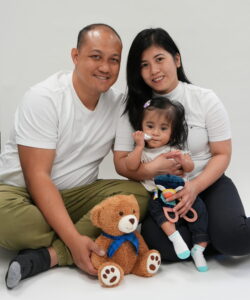
Gabrielle’s care is a fight on many fronts. Medical professionals collaborate to protect her from bone fractures and deformities while improving her physical abilities and quality of life.
Now an active toddler, she receives weekly occupational and physical therapy in Windsor, where she lives, along with quarterly infusions at Children’s Hospital to strengthen her bones and additional care as needed.
In her short lifetime, Gabrielle has experienced more than 20 fractures. As grateful as Frenz is for the care her daughter receives, she is optimistic there will be better solutions in the near future.
“There’s a new medication that’s in clinical trial right now, so it gives me hope,” said Frenz. “There is a YouTube video of a boy with OI dancing, and it’s because he has had access to this experimental therapy. I wish that for my daughter.”
Companies are more frequently investing in developing new drug and biopharmaceutical therapies for rare disease.
In neuromuscular medicine, Children’s Hospital has been the most active and successful Canadian paediatric centre in implementing life-changing clinical trial opportunities for patients. That includes clinical trials for a rare disorder called Spinal Muscular Atrophy (SMA), which causes progressive muscle wasting, and can ultimately affect a child’s ability to sit, walk, swallow or even breathe.
Because of these trials for novel medications, gene therapy, called Zolgensma, is a reality for SMA patients at Children’s Hospital. Patients now receive a one-time treatment that replaces the missing or non-functioning gene, stopping the disease from worsening.
“We are now routinely giving gene therapy and changing the course of these patients’ illness. We’re eliminating the risk of death and helping them enjoy often near-normal lives,” said Dr. Campbell, who has been instrumental in securing these clinical trial opportunities. “Now we are starting to attract similar opportunities for rare bone diseases, including OI.”
Accessing Life-Changing Clinical Trials in Children's Hospital's Rare Bone Disease Clinic
Children’s Hospital’s Rare Bone Disease Clinic is a new ultraspecialized clinic led by Dr. Funmbi Babalola, an early career physician scientist, with advocacy for the clinic provided by Dr. Leanne Ward, a world leader in paediatric bone disorders.
With Dr. Ward’s expert leadership, the clinic has already attracted five sought-after clinical trials, testing new therapies for children with OI, achondroplasia and hypochondroplasia. Achondroplasia causes short-limbed dwarfism, and hypochondroplasia is its more mild form.
“Attracting clinical trials, like these, is particularly vital for our patients in Canada,” said Dr. Ward, noting a mere 60% of rare disease treatments are approved in Canada and the process typically takes up to six years longer compared with Europe and the United States.
Fifteen-year-old Reiko is among the patients benefiting from the new clinical trials running at Children’s Hospital.
Reiko has one of the most severe cases of OI that Drs. Ward and Babalola have ever seen. The teen has experienced more than 1,000 fractures and required 16 surgeries.
Based in Goderich, his family couldn’t be more thankful to be participating in a study of a new medication which brings hope of fewer fractures, less pain and improved mobility.
“Close to home clinical trial access means our son can enjoy a more normal and stable life, while still receiving a modern and potentially life-changing treatment,” said his mom, Jessica. “We are thankful to Children’s Hospital for their expertise, as well as the comfort and hope that they bring to our family.”
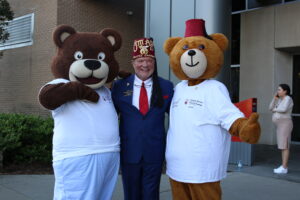 Reiko is a joint patient of Children’s Hospital and Shriners Hospitals for Children Canada, who recently announced a first-of-its-kind affiliation agreement. The new formalized partnership between the hospitals is fueling further advancements in care, teaching and research to improve the lives of children with rare bone disease.
Reiko is a joint patient of Children’s Hospital and Shriners Hospitals for Children Canada, who recently announced a first-of-its-kind affiliation agreement. The new formalized partnership between the hospitals is fueling further advancements in care, teaching and research to improve the lives of children with rare bone disease.
Southwestern Ontario Disease Strategy
With the increased activity in the rare disease space, Dr. Balci and neurologist Dr. Sunita Venkateswaran are leading efforts for a unified regional rare disease strategy.
The South Western Ontario Rare Disease Program (SWORD) will elevate the needs of the local patient population and support enhanced collaboration across care, clinical trials and research.
“We are really proud to be welcoming a Rare Disease Patient Care Navigator and Clinical Trial Navigator who will kick-start our efforts,” said Dr. Balci.
Building off Children’s Hospital’s longstanding legacy of rare disease advocacy, SWORD will serve as a vital connection both internally and nationally, maximizing benefits and making a significant impact for
patients.
“I’m so thankful for Children’s Hospital,” said Frenz. “I can’t express how knowledgeable, supportive and approachable the health care professionals are. Without them, Gabrielle might not be here or have the same quality of life. They are constantly innovating for her and other patients.”
Children’s Health Foundation donors are also at the heart of rare disease patient care and advancement. From
funding programs that help the hospital to feel more like a home to fueling game-changing discoveries,
donor support transforms futures and brings hope to this significant patient population.
Every day, Frenz feels blessed to have Gabrielle in her life. She is awed by her two-year-old’s feisty and
independent personality. A tiny force to be reckoned with, Gabrielle loves music, books and going outside.
She makes me strong, says Frenz, “I didn’t know how strong I was until I had her. I didn’t know what i was capable of.”
Children’s Health Foundation donors are also at the heart of rare disease patient care and advancement.
👉 Give today to fund the innovations that bring hope to children and families who face rare disease.
